One of the things that sets Mühle Glashütte’s sport watches apart is that some of their designs are driven by collaborations with military/government groups with specific needs. A perfect example of this is with their S.A.R. Rescue Timer, which was designed with the needs and desires of Germany’s S.A.R. teams, who needed a watch built like none other. The end result is a truly unique and robust timepiece that can more than stand day-to-day wear.
At BaselWorld 2013, Mühle released a new collaborative piece, the Seebattailon GMT. Designed to suit the needs of the German Seebattailon (Marine Battalion), a unit within the German Navy that is regularly deployed around the world, the watch brings together many great features and a clean look. It’s a 300m titanium GMT diver with Mühle’s extensively in-house altered ETA 2893-2 movement inside. It’s very lightweight for a large tool diver, thanks to the titanium, and has one of the nicest GMT dial executions around. It also has a very elegant palette of blue and gold, which sets it apart aesthetically. At about $3,500, it’s an expensive piece, but Mühle does a great job where it counts.
Mühle Glashütte Seebattailon GMT Review
 Case: Matte Titanium
Case: Matte Titanium
Movement: ETA 2893-2
Dial: Blue
Lume: Super Luminova
Lens: Sapphire
Strap: Rubber
Water Res.: 300m
Dimensions: 44 x 53mm
Thickness: 12.7mm
Lug Width: 22 mm
Crown: 7.5 x 5 mm
Weight: 134g (our measure)
Warranty: yes
Price: $3,500
Case
The blasted titanium case of the Seebataillon is beastly in all of the right ways. It has sharp lines with harsh angles and geometry, but maintains a fairly thin profile and light weight, thanks to the titanium. The Ti also imparts a distinct dark grey tone that plays beautifully against the blue and gold dial. The case measures 44 x 53 x 12.7mm (to the top of the gently domed sapphire crystal), making it a large watch, though one that is pleasantly thin.
From above, the case shape is fairly classic, with thick, straight lugs that gently taper into the case body. The lugs have a wide bevel at their end, eliminating what might have been a sharp point, and adding a cool, aggressive angle. Perhaps the most stand-out design feature is the crown at 4, which is flanked by protruding guards. The crown, which is also matte titanium, is quite large at 7.5 x 5mm, but since it is tucked away, it wont stick into you. The large size makes it very easy to grasp and unscrew, and also gives it appropriate presence on a watch this scale. Lastly, it’s nicely finished with a fairly detailed Mühle windmill logo on its outside surface.
Otherwise, the case is dominated by the broad-toothed bi-directional 60-click ratcheting bezel. As this is a count-down bezel, not an elapsed time or diver’s bezel, it can rotate both ways. The metal work here is fantastic, each tooth having perfect sharp edges and a slight bevel on the outside edge. The mechanism on the bezel is also quite good. It’s sturdy when not in use, yet turns without too much effort. It also “jumps” to the next marker, for very precise alignment.
The case back is a flat and fairly thin slab of matte titanium with a display window. On the metal, there is a substantial amount of text and numbers indicating various details about the watch, its purpose and origins. It’s easy to not see them though, as the beautifully decorated ETA 2893-2 (Mühle version) is the center of focus. Against the matte grey titanium, the movement looks like a jewel, which is a nice visual treat on such a tough, purpose driven watch.
One thing that can be easily missed in photos is simply a sense of quality. German watches, especially at this price point, are known for their exacting precision and the Seebataillon is no different. Every edge is incredibly sharp and the whole thing just feels solid. Though the titanium mitigates the weight, it still feels substantial in the hand and perhaps more appropriate for a watch this size.
Dial
The dial and bezel insert of the Seebataillon translate the precision of the case into clean, legible graphics. What makes it a bit different though is the palette of blue, gold, white and black, corresponding to the actual Seebataillon’s barrettes. I’m typically a bit hesitant with watches with color dials, but found this one immediately appealing. The blue used, which is the dominate color, is very dark, almost looking like a faded black. It also works perfectly with the grey of the titanium, for a combination that is more exciting and dynamic than black would have been. The gold color, which is used very sparingly only to indicate GMT functions, is a pleasant compliment to the blue, and a nice change of pace from typical highlight colors, such as orange or red. The white markers still have more than enough contrast on the blue for at-a-glance readability.
The dial can be broken into three parts, the main surface, the GMT chapter ring and the bezel. The main surface is dark matte blue, outlined with white. The primary index consists of white rectangles for the hours, doubling at 3, 6 and 9, and a split triangle at 12, all of which bleed into the white outline. These markers also all glow bright blue in the dark. Individual minutes/seconds are indicated with smaller white lines, no lume, that also connect to the outline. It’s a simple, almost basic layout that is effective and easy on the eyes. At 4 is a circular date window that cuts off the 4 marker just a little bit. The date is presented as white on black, which integrates well with the dial, the blue being nearly black. Also on the main surface is the Nautische Instrumente Mühle Glashütte/SA logo below twelve, which despite being a mouthful, is small enough to look fine on the dial. Above 6 in small letters reads “30 ATM” and above that, in a larger typeface, it reads “GMT” in gold, indicating the color code for all things GMT on the watch.
The GMT chapter ring is a matte black surface with a deep angle. The index here is simply numerals, 01 – 24, in the same gold color as the “GMT” on the main surface. The gold color works very nicely in this implementation. It stands out enough to be distinct from other markings yet is soft enough to not seem like the main focus. It’s also not really “gold” as it is not metallic, so much as a hue that is between orange and yellow. It’s a nice color that one doesn’t see on watches often.
The last layer is the bi-directional count-down bezel insert. The surface of the insert is a similar blue to the dial, but a bit brighter and metallic. It’s not so bright as to shout blue, however, still being a nice, subtle tone that is gorgeous against the grey titanium. The markings, which run counterclockwise, are white paint-filled etched rectangles at intervals of 5, with numerals at 15, 30 and 45. The triangle at 0/60 is lume filled, where as the other markers aren’t. I quite like the layout here as it is clean and not busy, which works well with the style of the dial’s main surface.
The handset chosen for the Seebattaillon is pretty straightforward. The hour and minutes are well-proportioned roman swords with lume filling, white edges and black connections to the center. The seconds hand is a matte black stick with a white, lume filled triangular tip, giving it a floating appearance. Lastly, the GMT hand is a black stick with a skeletonized gold triangle tip. I particularly like the execution of the GMT hand as it makes it clear that the main function of the watch is local time, and the second timezone is really secondary and separate. Too often GMT watches put so much emphasis on the second timezone that they become cluttered.
Movement: ETA 2893-2 Mühle Version
As with the other Mühle watches we’ve reviewed, part of what separates them from other brands is their re-working of the movements within. They start with a TOP ETA 2893-2, which is ETA’s staple GMT automatic with 21-jewels, hand winding, hacking, date, GMT/24-hr hand, ~ 42hr power reserve and a frequency of 28,800 BPH. They take it apart, refinish everything and decorate everything with various graining.
In the process they add their own in-house heat-blued screws, a custom and quite elaborate rotor and their patented “woodpecker” regulation. This piece, which includes a house made balance cock, helps prevent shock from messing with the timing of the watch, by essentially have a screw down regulator. The watch is also regulated in 6-positions for accuracy. In my book, at $3,500 this is the kind of work you should be seeing on a movement, if the brand is using ebauchés. Many competing brands, which are substantially larger, don’t go nearly this far.
Straps and Wearability
The Seebattailon comes on a beautiful 22mm molded-rubber strap. As far as rubber straps go, this is amongst the nicest I’ve seen. The design is very elegant, tapering from 22 – 19mm in width as well as 7.5 – 4mm in thickness (thickest at the lug). The top surface then has molded contours in it for a utilitarian and streamlined look. Another very cool, and possibly quite unique, feature is that it has hard rubber end-links, rather than joining directly to the have. This lets them have a pivot point by the lug, which adds to the overall flexibility of the strap, as well as a bit of a bumper. They also simply look cool, adding a stealthy matte black to the case. The strap fixes with a large matte steel deployant clasp with built in dive extension. It would have been nice for this to be titanium too, as the color isn’t quite the same as the case, though the quality is still very high.
My one issue with this strap is that it is cut-to-size. There are several segments which indicate cutting points along the inside. The issue here is that it’s a very final commitment, and has little in the way of fine adjustment. I personally find with rubber straps that I might want to loosen them a size during the day if I’m sweating, etc. You can’t do that with this one. It also messes with the resale potential. That said, if you find a good fit, which in all likeliness you will, it does make the watch feel “custom”.
On the wrist, the Seebattailon is indeed a large watch, especially lug-to-lug. It has a fairly flat profile, so the 53mm did feel a bit long on my 7″ wrist. That said, it’s not uncomfortable as it’s pretty thin at 12.7mm and light thanks to the titanium. The off-center crown also prevents it from digging into your wrist. That said, I do think this watch is better for larger wrists than my own.
Aesthetically, the Seebattailon is a very sophisticated looking sport watch. It has lots of aggressive elements, largely in the case design, but has such a clean and purposeful dial/bezel layout that it comes off as reserved, almost stoic and certainly masculine. I love the blue/titanium combo, as I’ve said a few times. I think it makes this a much more interesting looking watch that it could have otherwise been and a bit more stylish too. The blue adds some depth and tonality that can be built off of. Though it’s a large watch that leans towards sport, I think the right wrist could pull this off with a grey or blue suit.
Conclusion
There is a lot to like about the Mühle Glashütte Seebattailon GMT; from the titanium case, to the subtle coloration to the Mühle rebuilt ETA 2893-2 movement inside. The military tie in also adds legitimacy to the design and purpose of the watch. The build quality is fantastic on all parts, including the rubber strap which is one of the nicest I’ve seen. If the watch weren’t a touch too large for me, I’d say, this is the titanium sport watch to get. It has everything going for it, with the addition of the GMT hand, which adds another layer of functionality.
At $3,500, it’s certainly an expensive watch, though I do think Mühle does what is needed to warrant the price. Their work on the movement itself can’t be overlooked as it is a unique and important feature on their watches. Yes, it adds cost, but for good reason. Sure, there are a couple of brands that have manufacture movements at this price, well literally 2, but neither make a such a rugged watch, let alone a titanium one with GMT. Compared to another, very popular titanium diver currently available… I think the Mühle might offer more in terms of watchmaking and value, though perhaps a bit less in style.
by Zach Weiss









 Featured Videos
Featured Videos




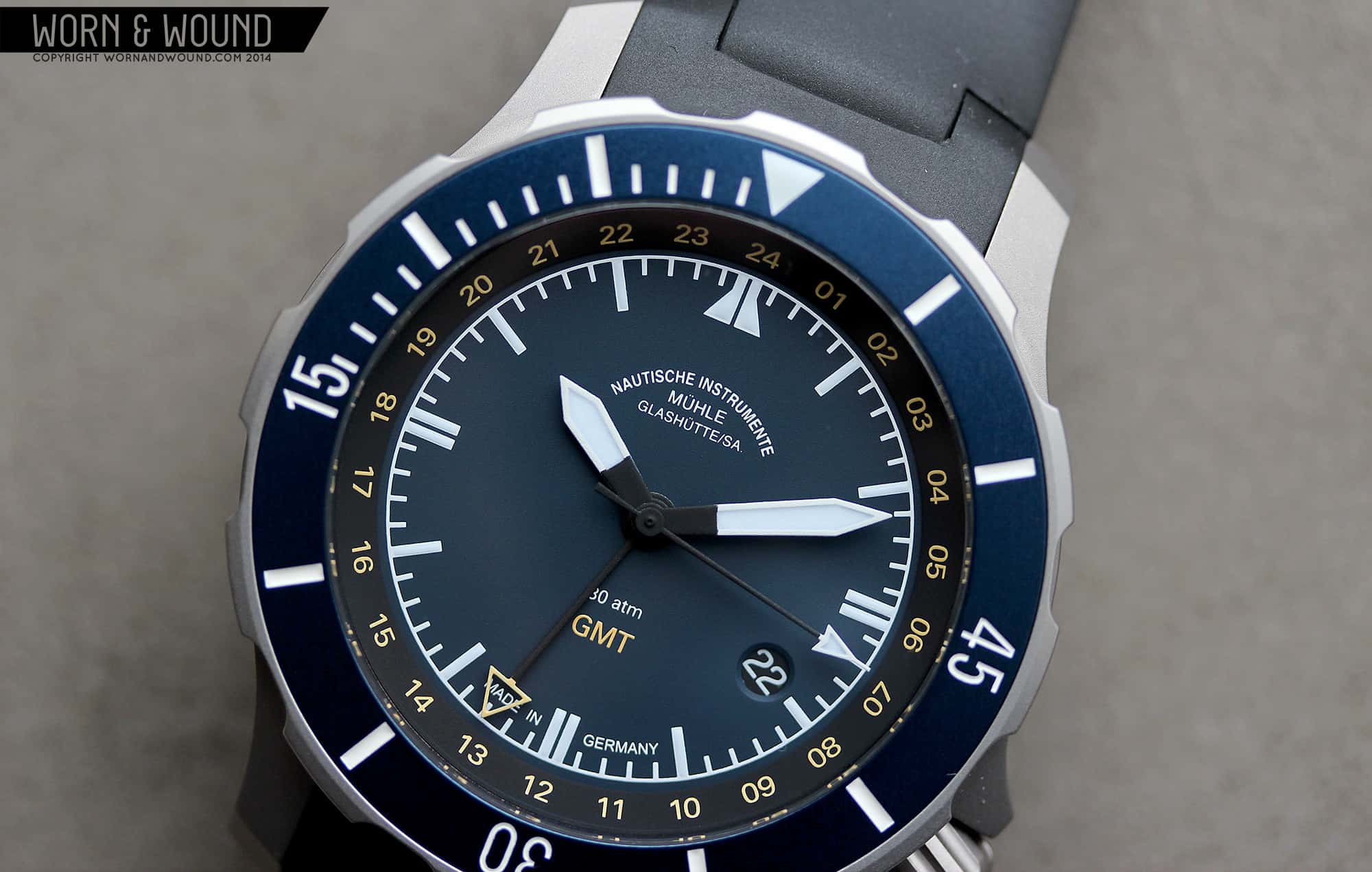
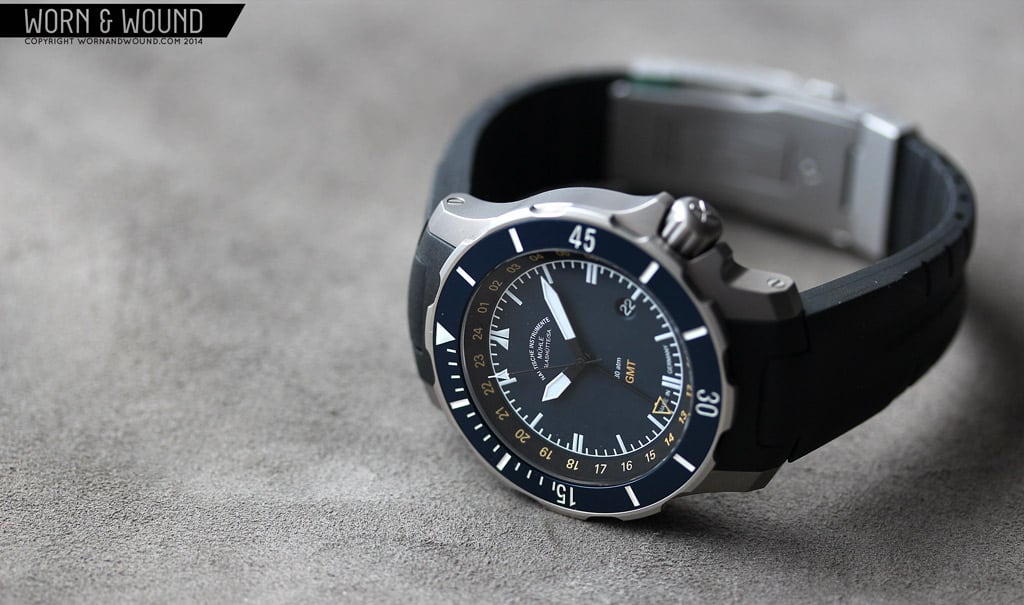
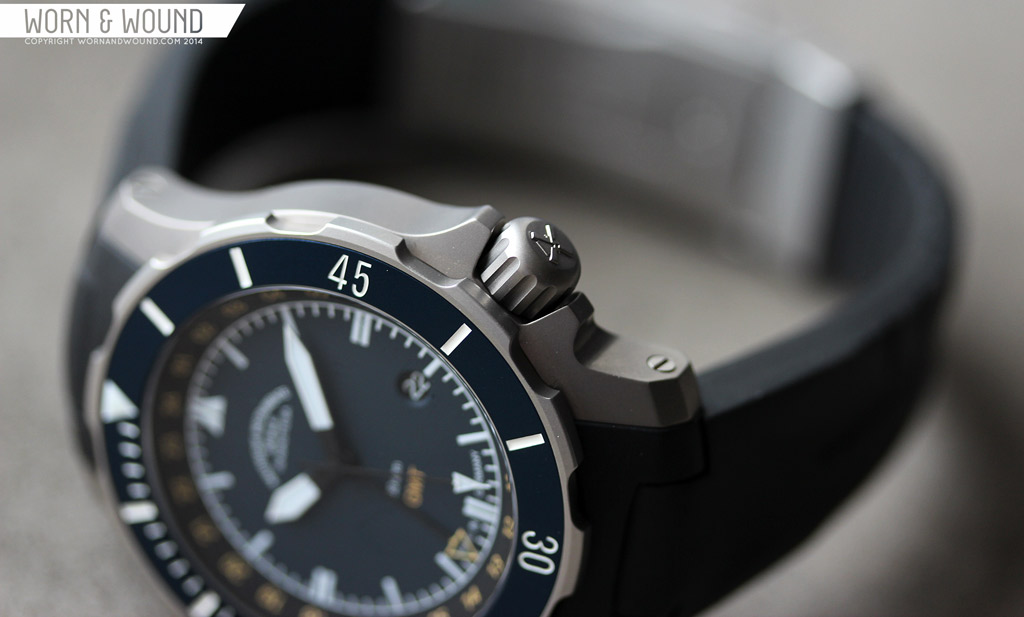
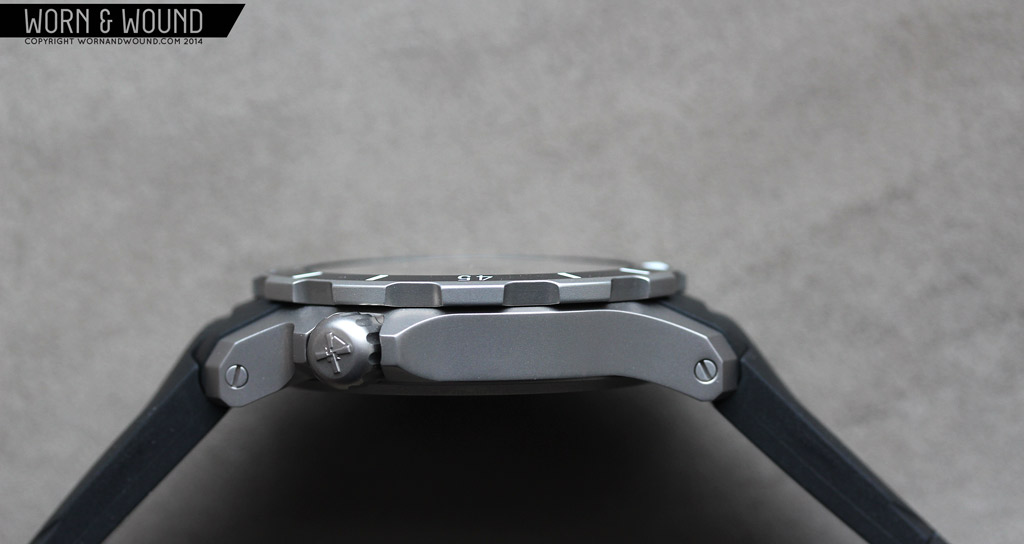
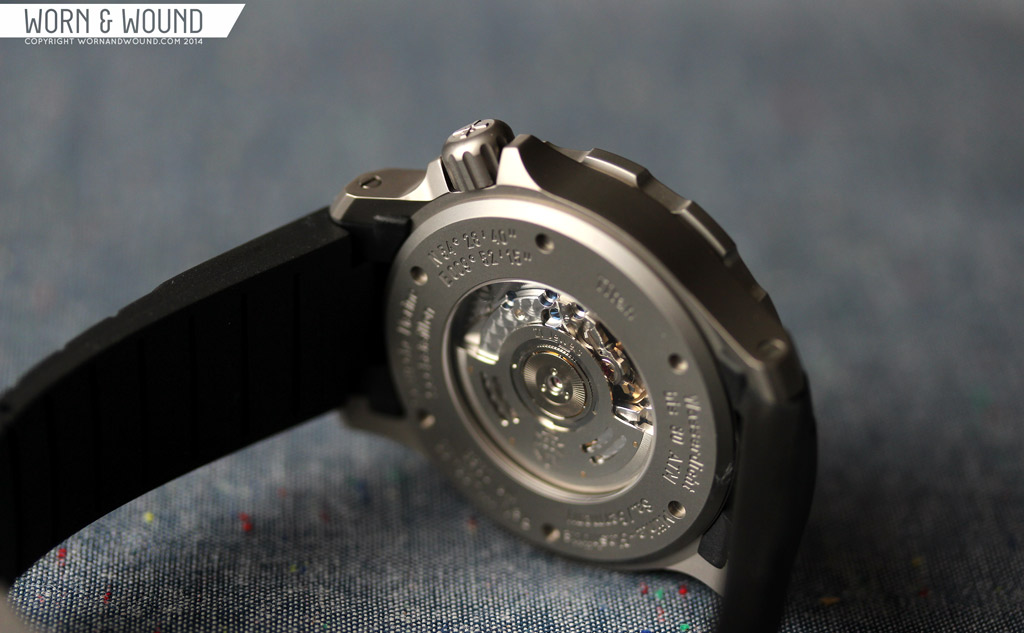
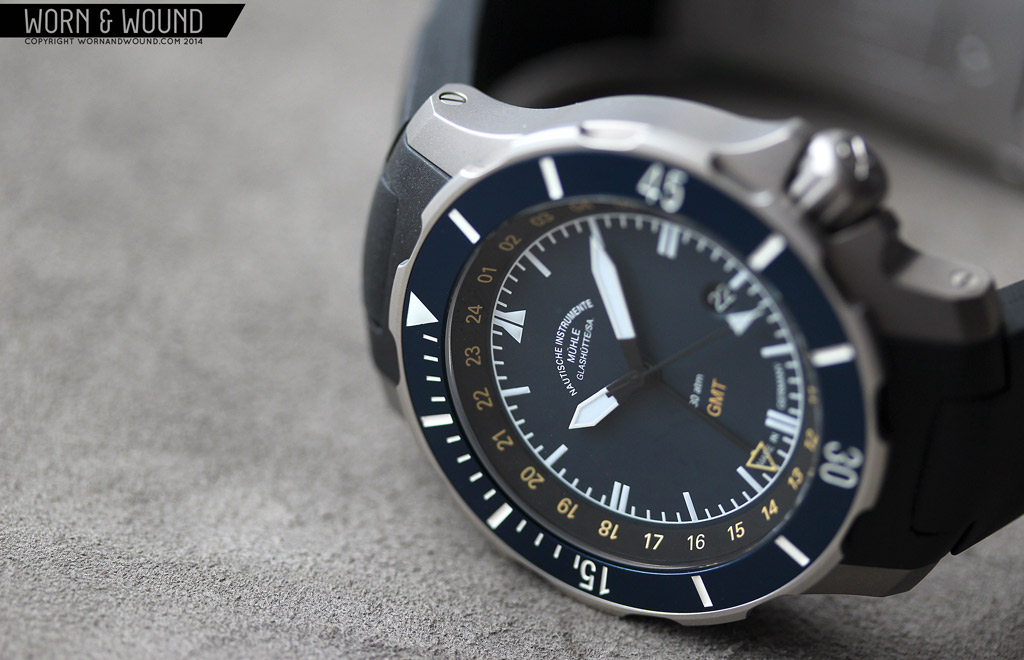
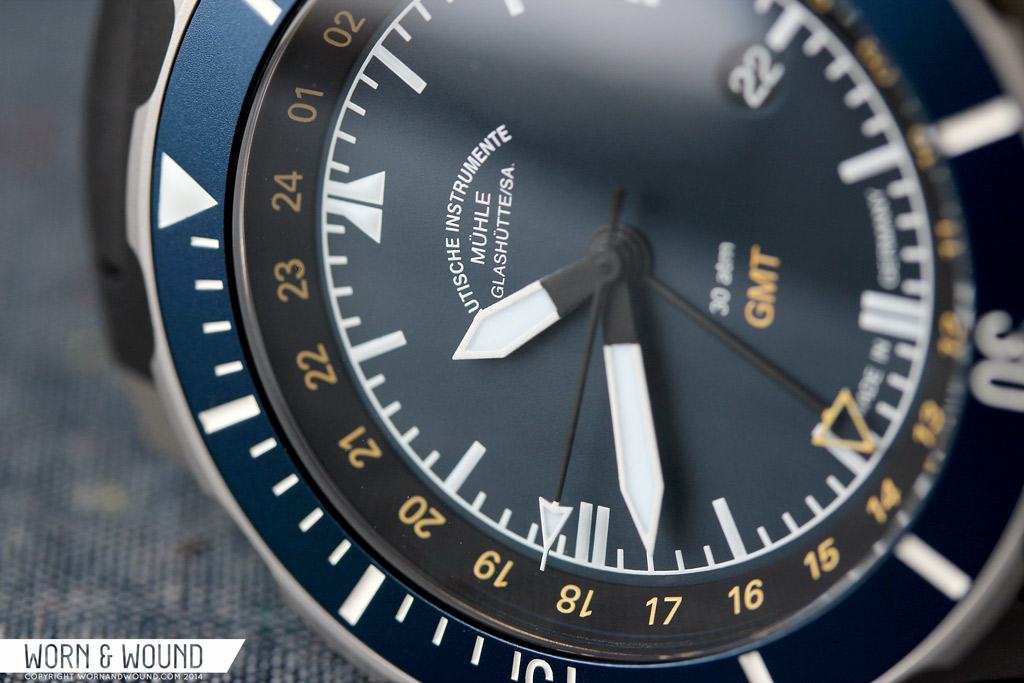
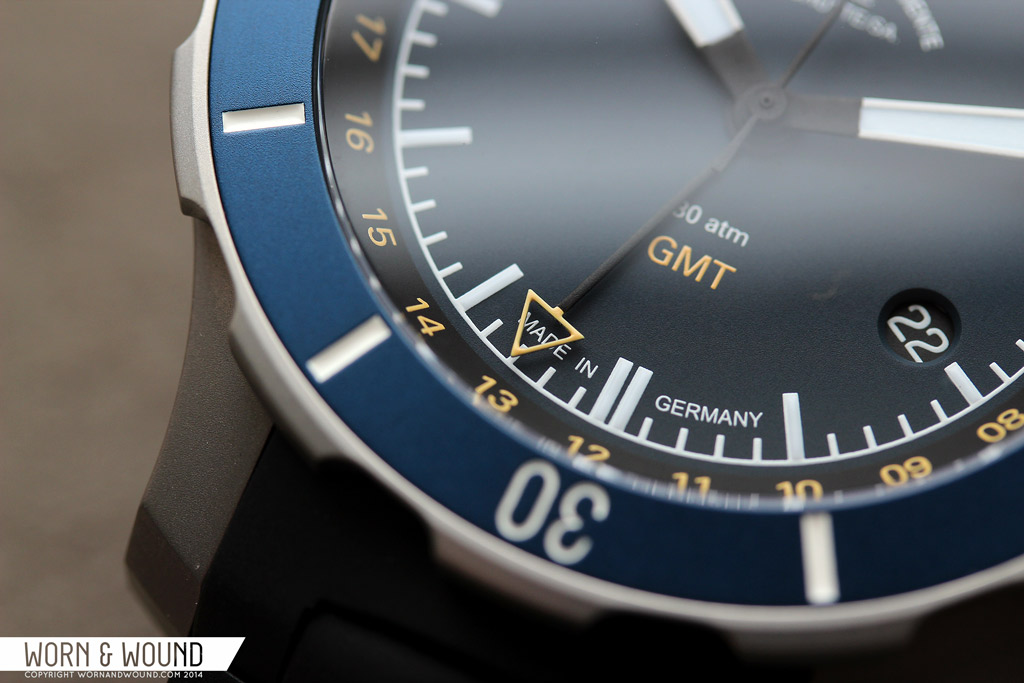
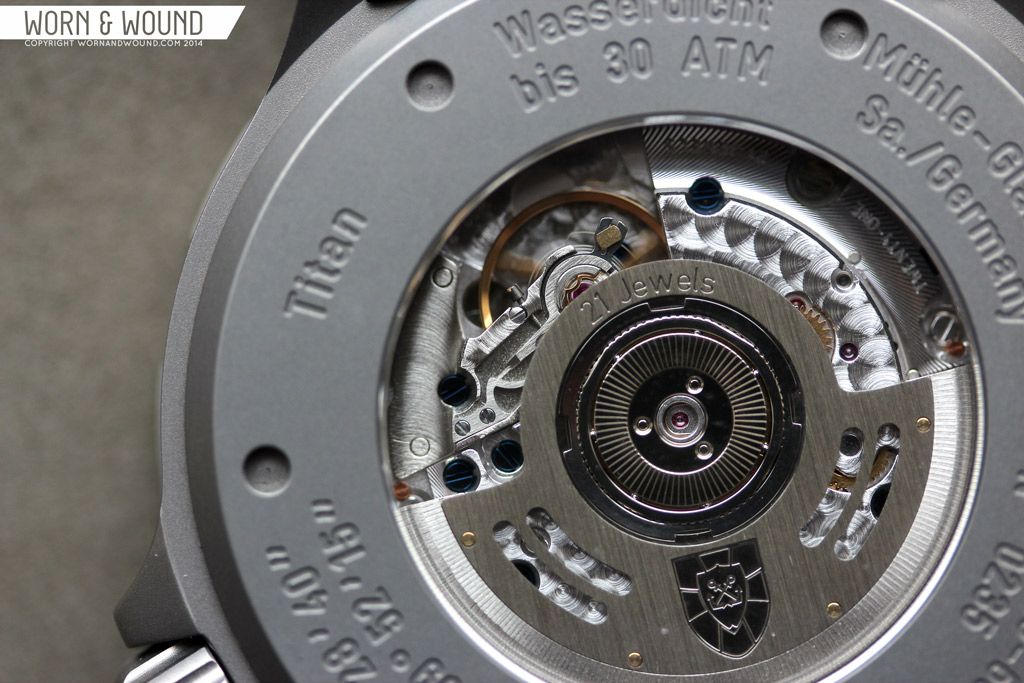
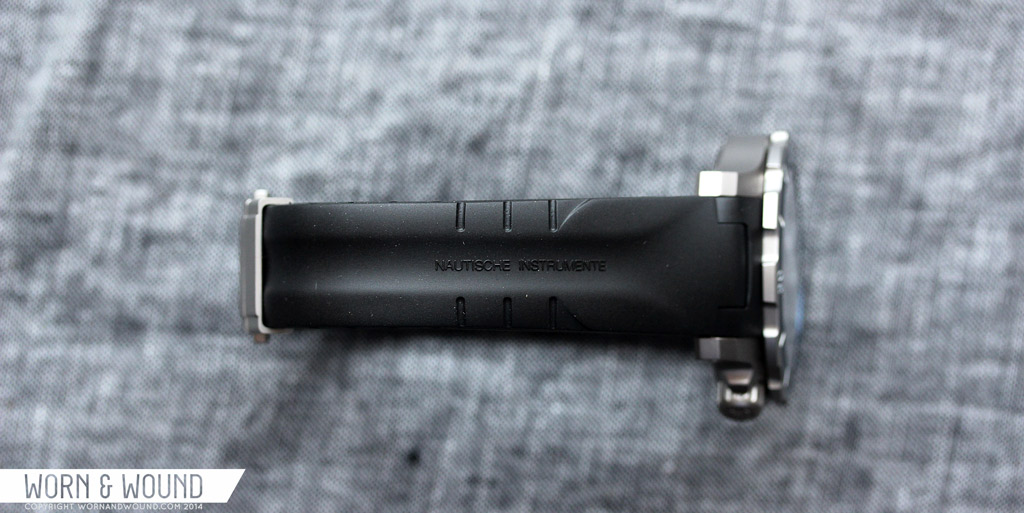
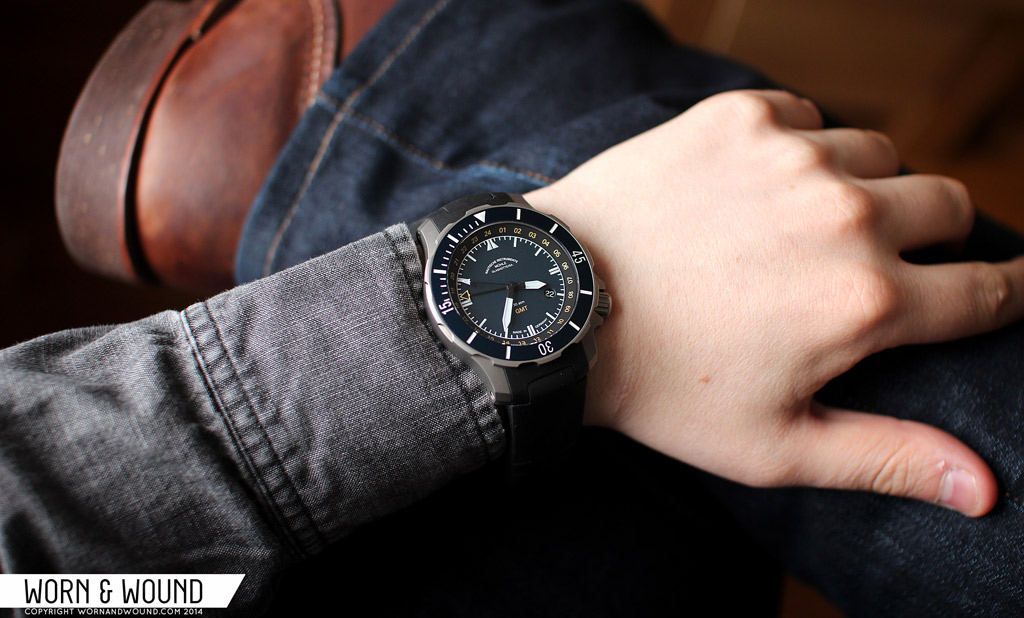

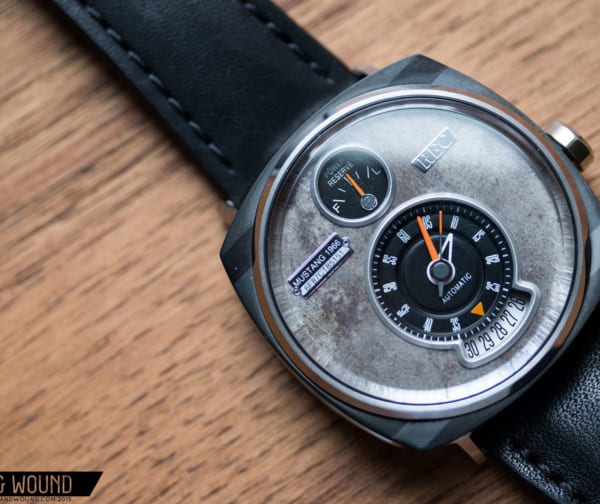
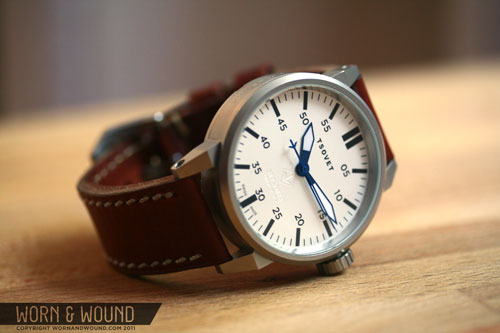

Nice review and really sharp looking watch! The German watch brands are really making some amazing things from the low end to the high end.
Still, per your point, the size is just too big and the strap is silly. While $3500 is not bad when thinking about its competitors, it “feels” like the bulk of the German watches are no longer the extreme bargains of yore. Perhaps it’s due to the now prolonged period of a pricey Euro with the addition of pricier ETA movements?
I am a great fan of Mühle watches. The quality is shockingly good when you hold one in your hands and IMHO better than brands costing thousands more. Not as important but their packaging is some of the most beautiful I’ve seen. Drops pom poms and backs away slowly.
nice watch and nice review! may i ask which 2 brands sell watches with in-house movements in this price range (as mentioned in the text)?
NOMOS and Damasko.
I meant Nomos and Frederique Constant/Alpina, though Shane is right, Damasko makes an in-house that starts around 3,850 and is pretty bad ass.
Beautiful watch and great review.
Though there is one thing that puzzles me. When such watchmakers have collaborations with military units they are hardly designing a timepiece that such an unit would actually use. Beyond the high price an automatic would never be suitable for actual modern military use. Absolute accuracy and durability (let alone economic concerns) will always trump such unique engineering.
So what is the actual relationship between the two and would this more accurately be considered a commemerative piece?
Again a wonderful write-up and I’m probably overthinking this. It is not the first time.
It’s a fair question Michael, and unfortunately one I don’t have an answer for. It’s entirely possible that it’s designed in the spirit of what they do, yet worn more ceremonially.
I’m not sure why such a movement wouldn’t be reliable enough, all the old Military watches were automatic at one time.
You do raise an interesting point though, I wonder at the need for a GMT complication in a Dive watch?
For the rest of us, this seems terrific value if you look at the competition, but one I’d need to try on for size first.
Great looking watch. Nice review, especially highlighting the little details that push the watch beyond other brands.
Never been a big fan of rubber straps, especially the cut to size type.
I had the watch for 3 weeks and flipped it.
I found mine brand new for 66% of that awfully inflated retail value.
The reasons I didn’t keep it.
Weak C1 lume.
Very loose bezel action (not sure if that’s a characteristic of all bidirectional bezels)
Very difficult lug screws for strap changes.
The OEM strap added lug to lug width which made it look and feel too big on the wrist.
Bead blasted cases always scuff too easily and you can’t buff them out like a brushed finish.
Other than those minuscule details (to most people) it was a beautiful watch and had great wrist presence without being all polished and blingy. I felt is sat best on a blue Isofrane which helped it look more proportional on the wrist.
Yep, bead blasted case finish is a huge no no in my book. It seems like many German watchmakers love it, wonder why???
Regarding bi-directional bezels, in my limited experience, the bi-directional bezels on my vintage Seiko divers have been up there as some of the best bezel actions I’ve felt with no play and very positive clicks.
Thanks for sharing your experience with this one. Bead blasted is very cool looking but it’s hard to maintain.
sorry to hear about the bezel issue. I found this one to feel nice. Perhaps they are inconsistent.
I’m not a fan of screw lugs either as a frequent strap switcher, but that seems to be a personal taste.
I happened to like the bead blasting on this, but yes…if they scuff in can suck.
I’m in the process of flipping mine, it’s a great watch but the quality of the lume application on the bezel was poor. It almost seemed slightly blotchy, AD wasn’t overly helpful and probably expected a higher finish in this price range. Any takers:)
That is one stunning timepiece. Great review brother!!
Well, there is of course Seiko as well.
A 1000M “darth tuna” with lts Grand Seiko-derived automatic movement is a serious competitor.
But the Muhle looks nice indeed!